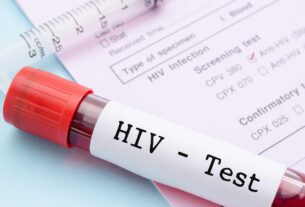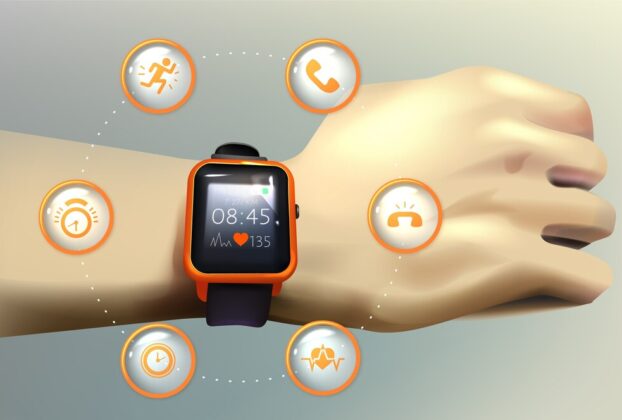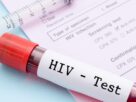Business
Pharma Contract Commercialization Market to Reach 5% CAGR by 2029, Boosted by Regulatory and R&D Needs
The Global Pharma Contract Commercialization (CCO) Market is anticipated to grow at a CAGR of 5% by 2029. This growth is driven by several factors including increasing R&D costs, declining pharmaceutical sales, enhanced regulatory scrutiny, and the growing demand for market access, Real-World Evidence (RWE), Health Economics and Outcomes Research (HEOR), pricing and reimbursement, regulatory […]
Global Point-of-Care Diagnostics Market Sets Sights on Substantial Growth: Aiming for 9-11% by 2028
Growing rates of infectious illnesses, rising need for quick diagnostic kits, continuous technical development, and favorable government backing for point-of-care diagnostics equipment in important countries are the main factors driving the market. Point-of-care diagnostics, or POC diagnostics, are diagnostic tests performed on patients outside of conventional laboratories, usually at the patient’s place of treatment. These […]
Technology
Global Point-of-Care Diagnostics Market Sets Sights on Substantial Growth: Aiming for 9-11% by 2028
Growing rates of infectious illnesses, rising need for quick diagnostic kits, continuous technical development, and favorable government backing for point-of-care diagnostics equipment in important countries are the main factors driving the market. Point-of-care diagnostics, or POC diagnostics, are diagnostic tests performed on patients outside of conventional laboratories, usually at the patient’s place of treatment. These […]
Garmin, Xiaomi, and Apple Lead the Charge in Wearable Health Device Market Revolution
The Wearable Medical Devices Market is predicted to grow at a double-digit rate of growth until 2028. The primary factors driving this market include the rising prevalence of chronic illnesses; increasing awareness of fitness, lifestyle and lifestyle-related health issues and the increased use of medical wearable devices following Covid-19 and the technological advances in wearable devices. […]
Science
Biosimulation Market Set for Strong Growth: Key Trends and Future Outlook
According to Medi-Tech Insights, the global biosimulation market is set to grow by 15-20% by 2028. This growth is fueled by rising demand for drug discovery solutions, the shift towards personalized medicine, expansion into new therapeutic areas, increased R&D investments, and advancements in AI and Quantitative Systems Pharmacology (QSP) technologies. Understanding Biosimulation: An Integral Component […]
The Interoperative Radiation Therapy (IORT) Market Envisions Steady Expansion: Projecting a 6-8% CAGR.
Key growth factors for the IORT market include an increased need for precise and targeted cancer treatments, rapid technological advancements that enhance treatment efficacy and safety, and supportive regulatory frameworks that allow for market expansion. Furthermore, the rising global incidence of cancer, along with efforts to reduce treatment periods and improve patient outcomes, is propelling […]
News
The Transplantation market encompassing organ and tissue transplantation is expected to grow at a CAGR of 9-10% by 2029
An in-depth examination of transplantation including everything from market expansion to technological advancements The market is driven by a number of reasons, such as improvements in medical technology, a rise in the frequency of chronic illnesses that result in organ failure, rising awareness of transplantation as a potential therapeutic option, and changing reimbursement and regulatory […]
Global Dental Consumables Market is poised to grow at a robust CAGR of 6% to reach $25 billion by 2026
The growing prevalence of oral health problems and dental disorders, the rising geriatric population, rising demand for cosmetic dentistry, increasing dental tourism in developing countries, and increasing awareness regarding the importance of oral health are key factors driving the global dental consumables market. Dental consumables are materials that dental practitioners or dentists use on patients to […]



























